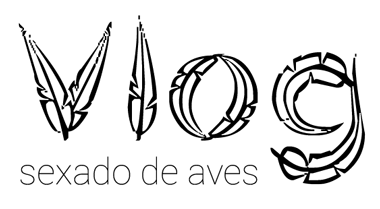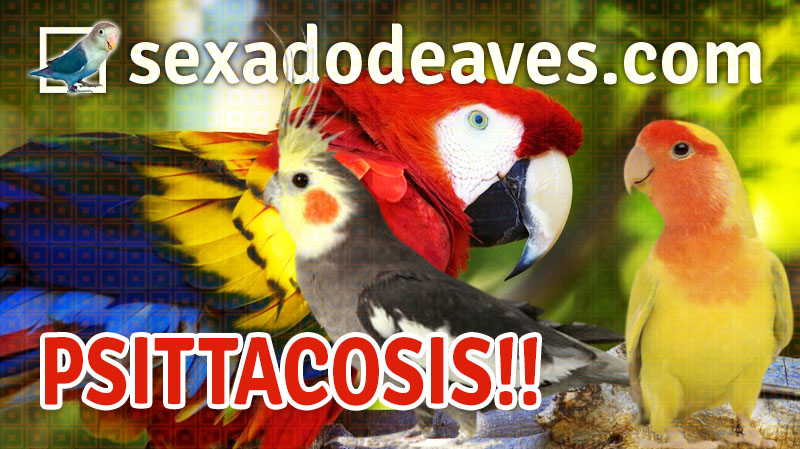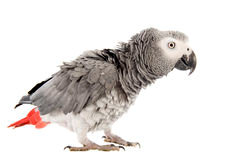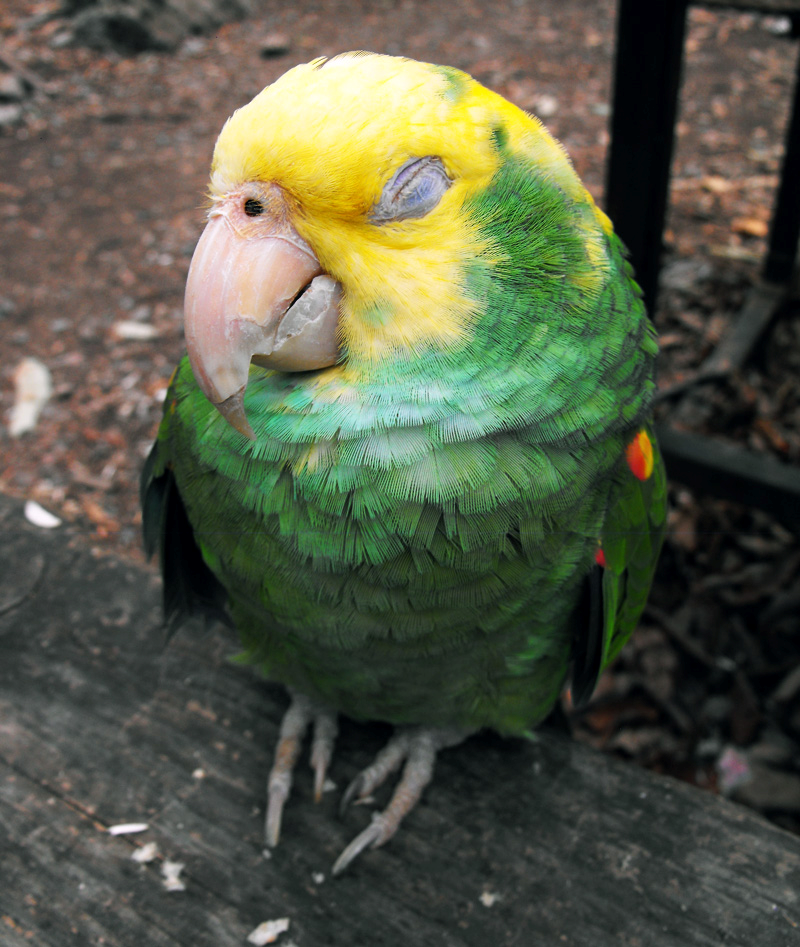Psittacosis, everything you need to know
Birds tend to hide signs of illness that is why by the time the bird shows signs of weakness, it is already very sick. We need to pay close attention to be able to identify
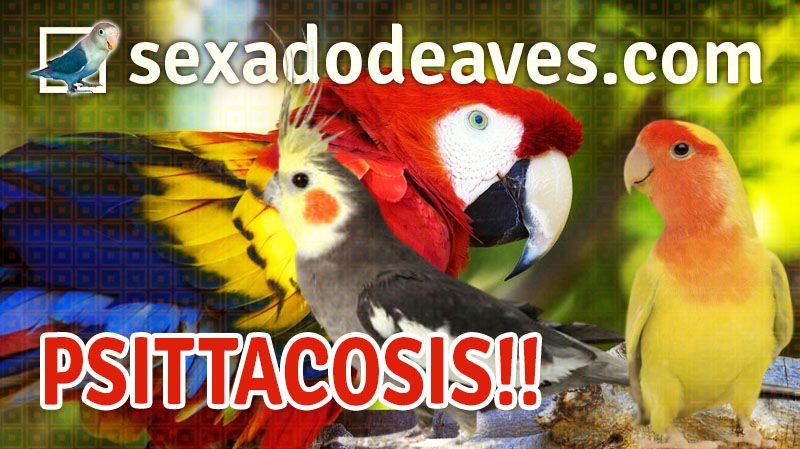
Birds tend to hide signs of illness that is why by the time the bird shows signs of weakness, it is already very sick. We need to pay close attention to be able to identify a abnormal behaviour and be ready to take our bird to a veterinarian. In this article we will focus on one of the most common diseases that exotic birds can suffer: psittacosis. We will go through the signs and symptoms.
What is Psittacosis?
Psittacosis, also known as Chlamydiosis, is a disease that affects several species of birds like parrots, Australian budgies and cockatiels. Is caused by a bacterial organism, Chlamydia psittaci, and is usually spread by inhaling the organism from dried secretions and feathers. The bacteria is very often transmitted from “carrier” birds. These birds may never develop the illness, but actively excrete the chlamydia organism in their droppings.
Signs and Symptoms in Birds
Some of the most relevant symptoms of chlamydiosis can include: ruffled feathers, depression, diarrhea, discharge from the nares and eyes, sneezing, trouble breathing, dehydration, poor appetite and weight loss. These symptoms are shared with many others bird diseases making it difficult to determine if the bird suffers the illness. This is mostly because Psittacosis weakens the inmune system leading to secondary diseases.
The only way to be sure that a bird suffers Psittacosis is sending samples to a specialized avian health laboratory. Using the PCR technique and subsequent DNA sequencing, they will be able to determine the presence of the bacteria in the bird’s organism. If your bird has some of the symptoms described above, it is advisable to order a psittacosis test here and send us a cloacal swab. This way you will be able to tackle the disease with proper medication.
Signs and Symptoms in Humans
Chlamydiosis in people can range from a mild flu to serious pneumonia. Many patients have difficulties to breath, fever, headache and loss of appetite. Since doctors rarely suspect chlamydiosis, they must be informed of the exposure to birds so the necessary tests are performed. As the results may take some time, doctors may prescribe an antibiotic. If you have chlamydiosis, symptoms should gradually disappear after the beginning of the antibiotic treatment.
Precautions
Once your bird is under medication, shedding of the bacteria will eventually stop. Nevertheless, we need to take some precautions in order to avoid infecting humans and other birds. During the treatment period, it is strongly recommended to isolate your bird. A single person should be in charge of all the cleaning and handling of the bird which will minimise exposure to the sick bird. This person should wear protective clothing which needs to be disinfected or discarded after being used.
Hygiene is paramount during the treatment. We would need to disinfect the place and cage papers should be changed very frequently to avoid dried feces to be inhaled. After that, we would need to spray the area with a disinfectant or water before sweeping. This will keep feather and dust circulation to a minimum. Once the place is thoroughly cleaned and disinfected, for safety reasons all the wastes should be incinerated or double-bagged for disposal.
Treatment
It is very important that infected birds are treated under veterinary supervision. The antibiotic doxycycline is commonly used for the psittacosis treatment in birds. It can be given by mouth, injection, poured in the water or in the feed. It is recommended to treat a sick bird for a minimum of 45 days.
Although this disease is of great concern for breeders and vets, it can be successfully treated. Even very ill birds can usually survive as long as treatment is accurate and given over a sufficient period of time.
Prevention
Despite having had Psittacosis, birds and humans do not develop immunity to the disease, so individuals can get infected again if exposed to the bacteria. To prevent chlamydiosis infection, the following steps are strongly recommended:
- Before buying a bird, look for a reliable breeder. Always ask for a certificate to be sure that the bird is healthy, pay close attention to the date of the results. Avoid purchasing birds with diarrhea, low body weight, weakness or any of the symptoms described above.
- Isolate newly bought birds from your own birds for at least 30 days. Order a Psittacosis test to a reliable laboratory, take a cloacal swab sample, let it dry and send it to the laboratory to be sure that your new bird is 100% free of Psittacosis. Once the results come back negative, your bird will be ready to be in contact with the rest of your birds.
- As we said before, hygiene is paramount. Keep cages, toys, perches, nests and the rest of objects in contact with the birds clean and free of waste. When changing cages, thoroughly disinfect cages between bird occupants to avoid a possible infection.
